0 comments
Plastic is everywhere - from toys, packaging, home goods, utensils and more, it is undeniably a versatile material. It's a material that most of us use in and out of our household, every day,
Plastic is everywhere - from toys, packaging, home goods, utensils and more, it is undeniably a versatile material. It's a material that most of us use in and out of our household, every day, in some way, shape or form. Did you know that plastic is made up of several building blocks of elements like carbon, hydrogen, oxygen, nitrogen, and sulphur? And apparently, not all plastics are created equal. Each type of plastic differs in element composition and has their own recycling codes. If you haven’t looked closely, plastic jars, containers, and other plastic packaging contain unique recycling codes - generally underneath them. What does it mean for consumers? Just because a product has the recycling logo (three arrows forming a triangle), it doesn’t mean that product can be fully recycled - or recycled at all. The codes serve as a guide to sort plastics according to their composition and type. For the sake of the environment, understanding the recycling codes will help us make more informed decisions when it comes to plastic usage and recycling. So what are the different recycling codes? You might be surprised to know that there are 7 recycling codes which have been implemented by the Society of the Plastics Industry (SPI) in 1988. The numbers inside the recycling triangle indicate the plastic grade of the product or what is called the resin code. To guide you on what each code signifies, here’s a comprehensive list of the 7 universal recycling codes:
Recycling Code #1: PETE or Polyethylene Terephthalate
Description: The most commonly used plastic in consumer products, PETE is a type of plastic that is lightweight and made to be rigid or semi-rigid. The rigidness helps it become more impact resistant and protects the food and liquids it contains. However, PETE plastic is intended only for single use. It is also difficult to decontaminate and repeated usage can lead to bacterial growth. Usage: You would normally see PETE plastic packaging on soft drink bottles, mineral water, fruit juice container, cooking oil, ketchup, salad dressing, and peanut butter bottles. Recyclable: It can be recycled but should not be reused.
Recycling Code #2: HDPE or High-Density Polyethylene
Description: HDPE is lightweight but it’s made of a sturdy and strong opaque plastic. It’s strong enough to carry a gallon of milk and does not easily break down under extreme conditions of heat and cold. Considered as the safest form of plastic, HDPE is the most commonly recycled plastic as of today due to an easy and cost-effective recycling process it requires. Usage: There are many uses of HDPE plastic. The most common ones are for milk, chocolate drink and syrup, cleaning products such as laundry detergent, bleaching agent, fabric softener, and bathroom essentials like shampoo, conditioner, and liquid soap. Recyclable: HDPE plastics are both recyclable and reusable.
Recycling Code #3: PVC or Polyvinyl Chloride
Description: PVC contains chlorine as its primary chemical ingredient. It is identified as biologically and chemically resistant, perfect for medicine packaging as it maintains the integrity of the product. It is also soft and flexible; which is ideal for making clear plastic food wrappers, teething rings, toys and mostly for industrial use. However, PVC has been regarded as the ‘poison plastic’ because it has numerous toxins that are harmful to health and environment. Usage: Aside from medicine packaging, the clear PVC plastic is also used for shrink-wrapping certain products such as food stuff and for blister packaging for mints or chewing gum. Recyclable: Products made using PVC are not recyclable but some can be reused or repurposed.
Recycling Code #4: LDPE or Low-Density Polyethylene
Description: Compared to other plastic types, LDPE is thinner but is tough, flexible and resilient to high heat. Due to its quality, it is essentially used in both film and rigid applications where heat sealing is required. LDPE is also safe to use because it is less toxic than other plastic. Usage: LDPE is used in food packaging that makes bread bags, shopping bags, coffee can lids and some highly-resistant bags. Recyclable: Plastic made with LDPE can be reused but is not always recyclable. Before recycling LDPE, you’ll need to check with your community recycling centre if the plastic is too rigid or with the grocery store if it’s made of film.
Recycling Code #5: PP or Polypropylene
Description: PP can be made into different forms – translucent, opaque or in different colour. The plastic form is somewhat stiff but less brittle and has a high melting point, making it perfectly suitable to be used in food packaging for microwave heating and dishwashers. Usage: Food packaging for yoghurts, maple syrup, cream cheese, sour cream and even prescription drugs are all made of PP plastic. It is also commonly used in making disposable diapers, pails, plastic bottle tops, packing tape and rope. Recyclable: PP plastics are recyclable and safe for reuse.
Recycling Code #6: PS or Polystyrene
Description: PS lacks flexibility, has no colour, and is hard. But it can be manufactured into other forms and shapes such as plastic spoon or fork. PS has a variety of uses and is often used in making disposable Styrofoam containers. Usage: Given its properties, PS is most commonly used for making plastic cups, fast food containers and lids, hot cups, egg cartons, cosmetic bags, and even in making costume jewellery. Recyclable: While recycling polystyrene plastic is still not widely available, it is relatively safe for reuse.
Recycling Code #7: OTHERS
Description: When you see the number 7 on your plastic packaging, it means it is made with a plastic resin other than the above-mentioned lists. For example, it could be made with acrylic, polycarbonate, polyactic fibres, nylon, and fibreglass. A lot of ‘BPA’ plastics, or those containing Bisphenol A – a xenoestrogen and a known endocrine disruptor, fall into this category. It’s best to avoid them especially with food products. Usage: This type of plastic is normally used in making five-gallon water jugs as well as bottles and cups for fruit juices, ketchup and coffee lids. Recyclable: Generally, #7 plastics are not recommended for reuse unless they have ‘PLA’ compostable coding. ‘PLA’ coded plastics are not recyclable and should go directly in the compost.
The Bottom Line
As recycling becomes increasingly important in ensuring a green planet for future generations, the recycling codes can help us become more mindful on how the plastics we purchase are used and recycled. If we keep this in mind and share the knowledge to our families and in our community, we can use plastics to our advantage, maximise their benefits, and better understand how they affect our health and environment - all the while minimising their health and disposal issues. At EUCA, sustainability is in our DNA. Along with our eco-friendly laundry and cleaning products, we are moving away from plastic where we can, making sure our packaging is recyclable, reusable, and 100% biodegradable. The foam like “peanuts” used to safely deliver your Euca cleaning and laundry products are designed to decompose in the compost of garden or can simply be dissolved in water and used on your lawns and gardens. The bio fill we line packaging with is made from corn starch -read more here. Being biodegradable and nontoxic, they are also safe for humans and pets if accidentally ingested . However, they are not produced in food-safe conditions, and are not recommended for eating. Also, during the manufacturing process, the nutritional value is removed from starch-based packing peanuts. Corn starch is a naturally sourced material without any nasty additives. Just like Euca! Choose your kind of plastic. Always check the recycling code on the packaging of plastics you buy first and recycle the right way.



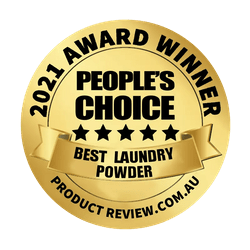
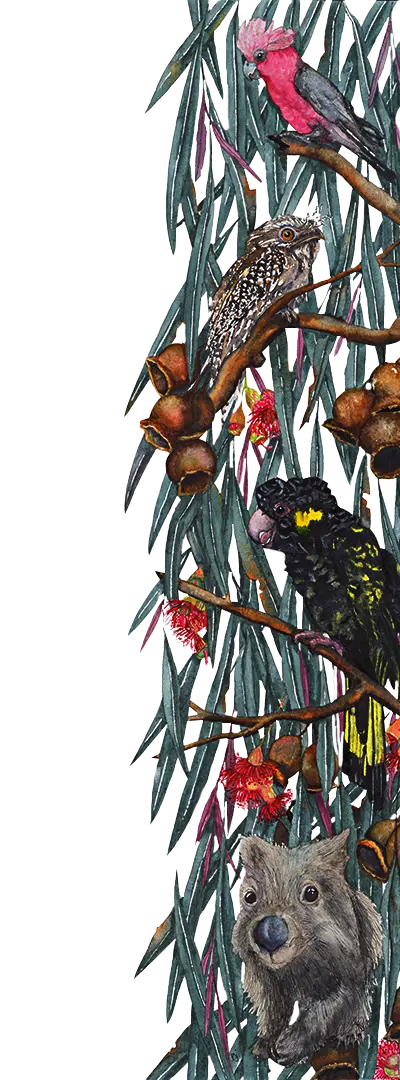








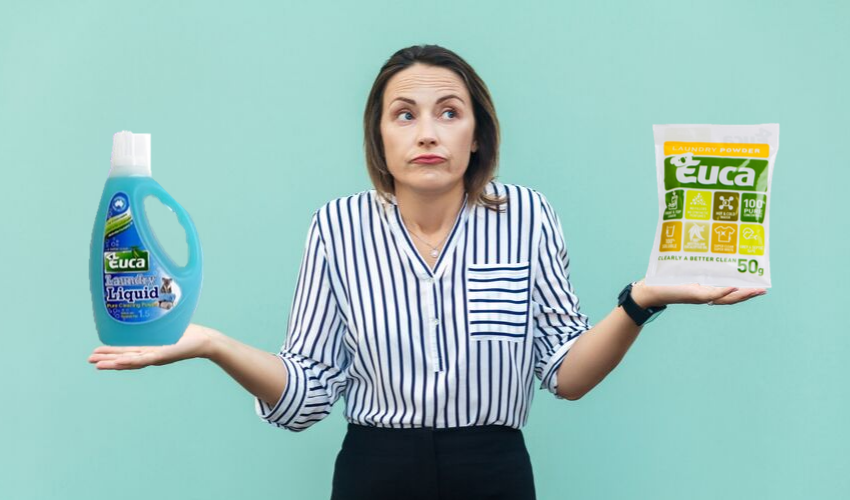

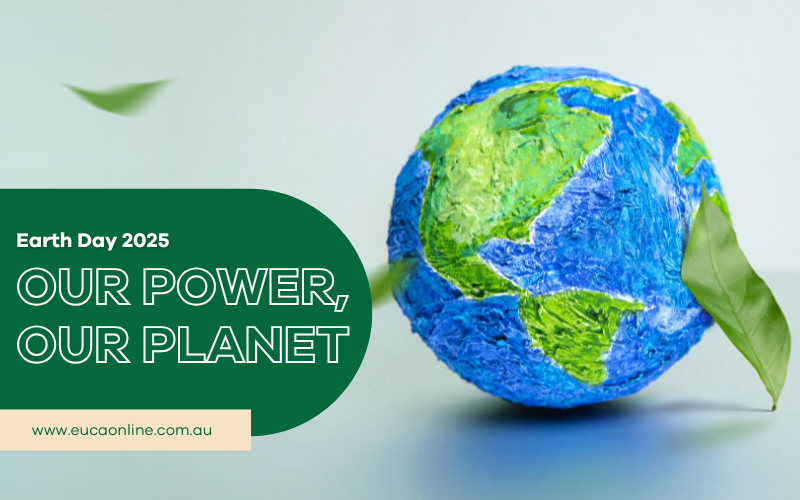
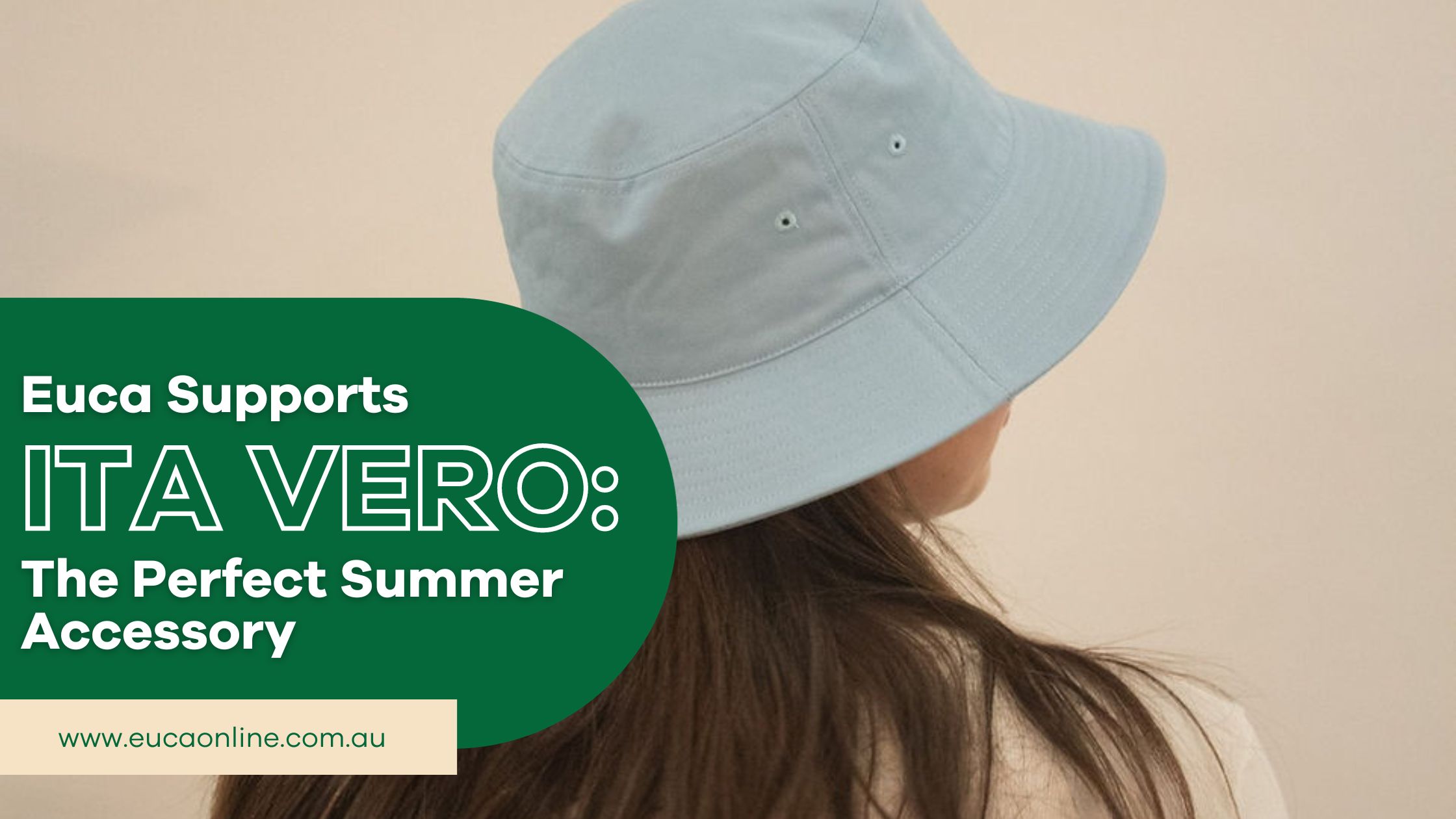
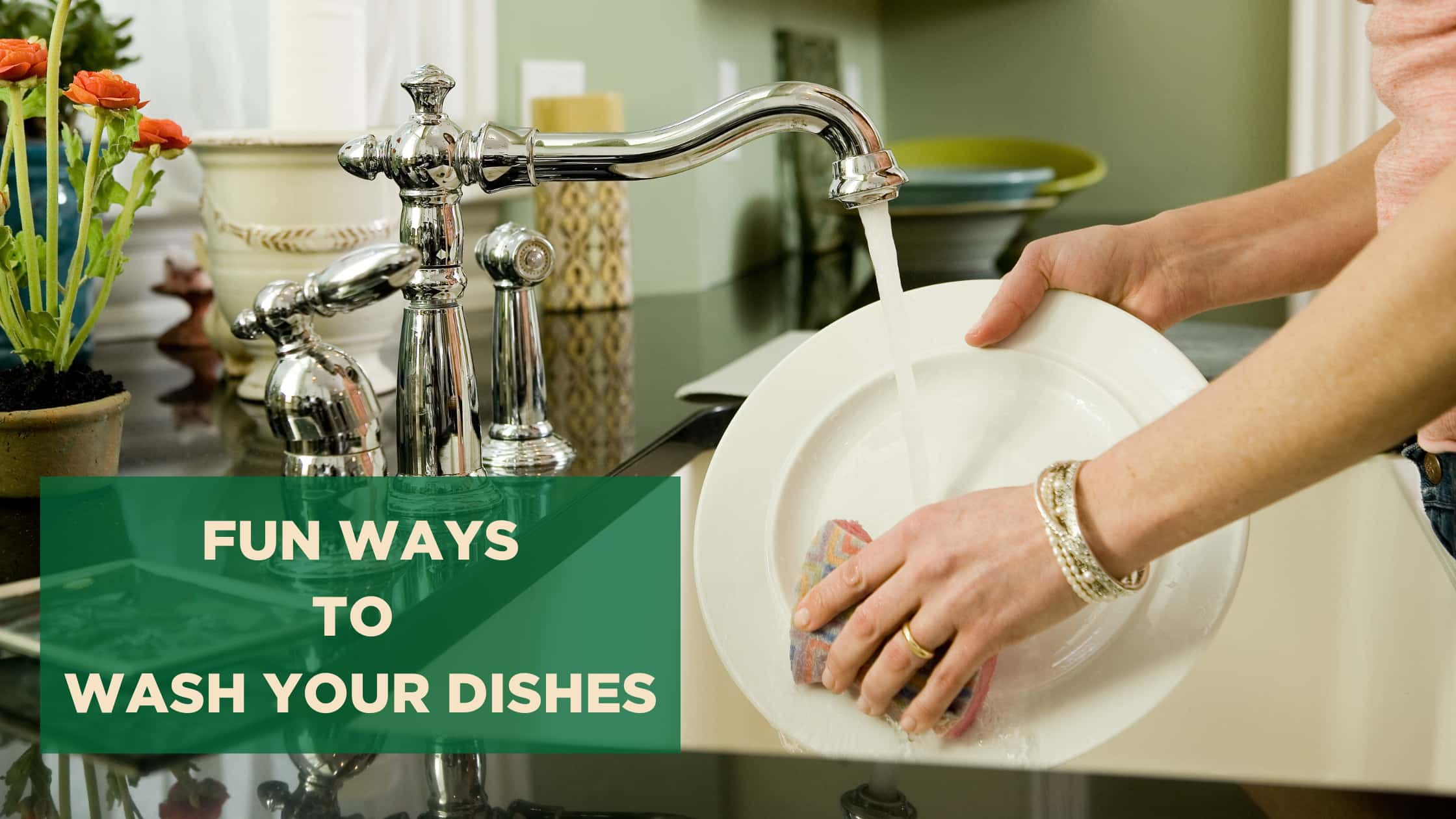
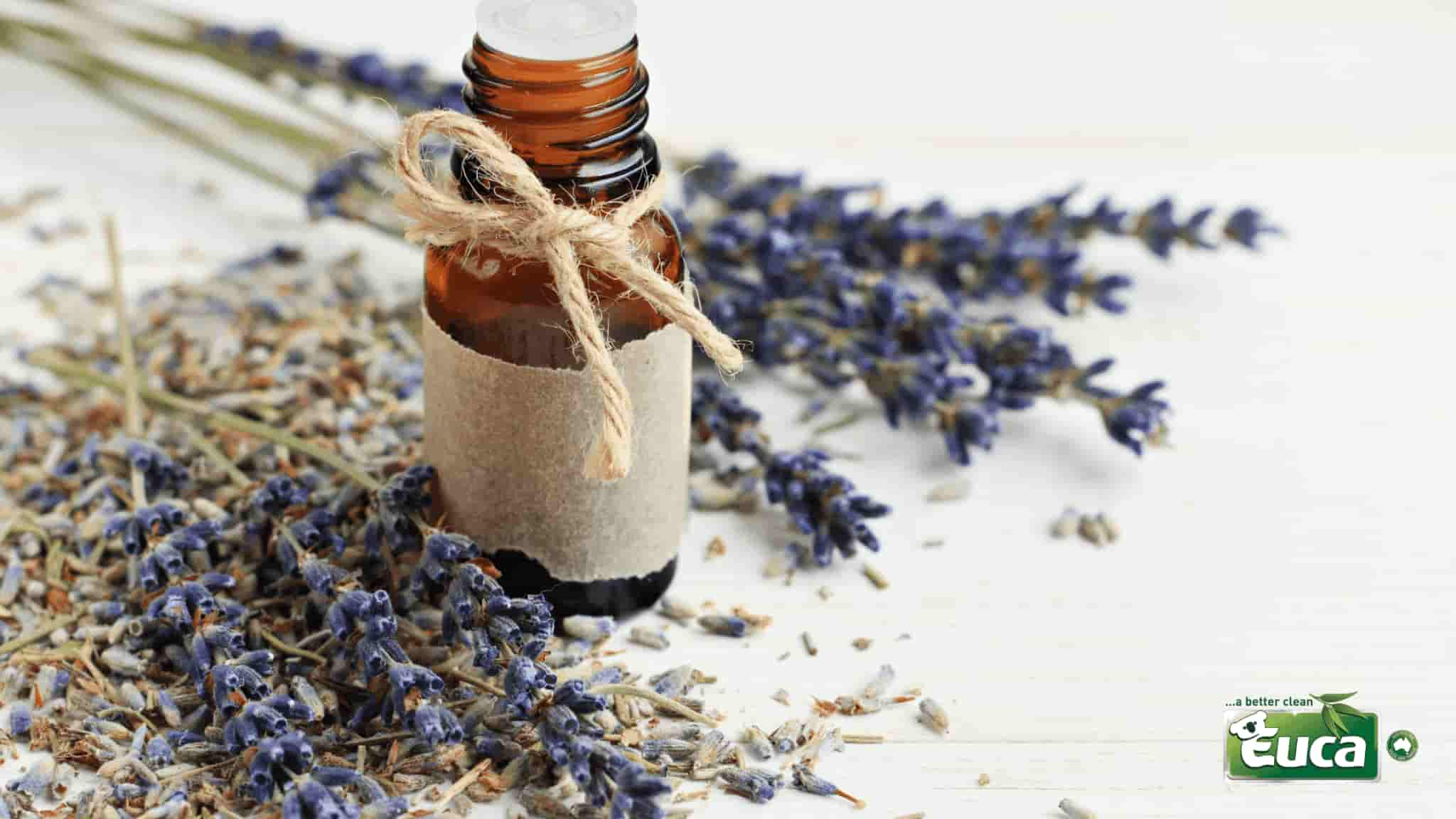
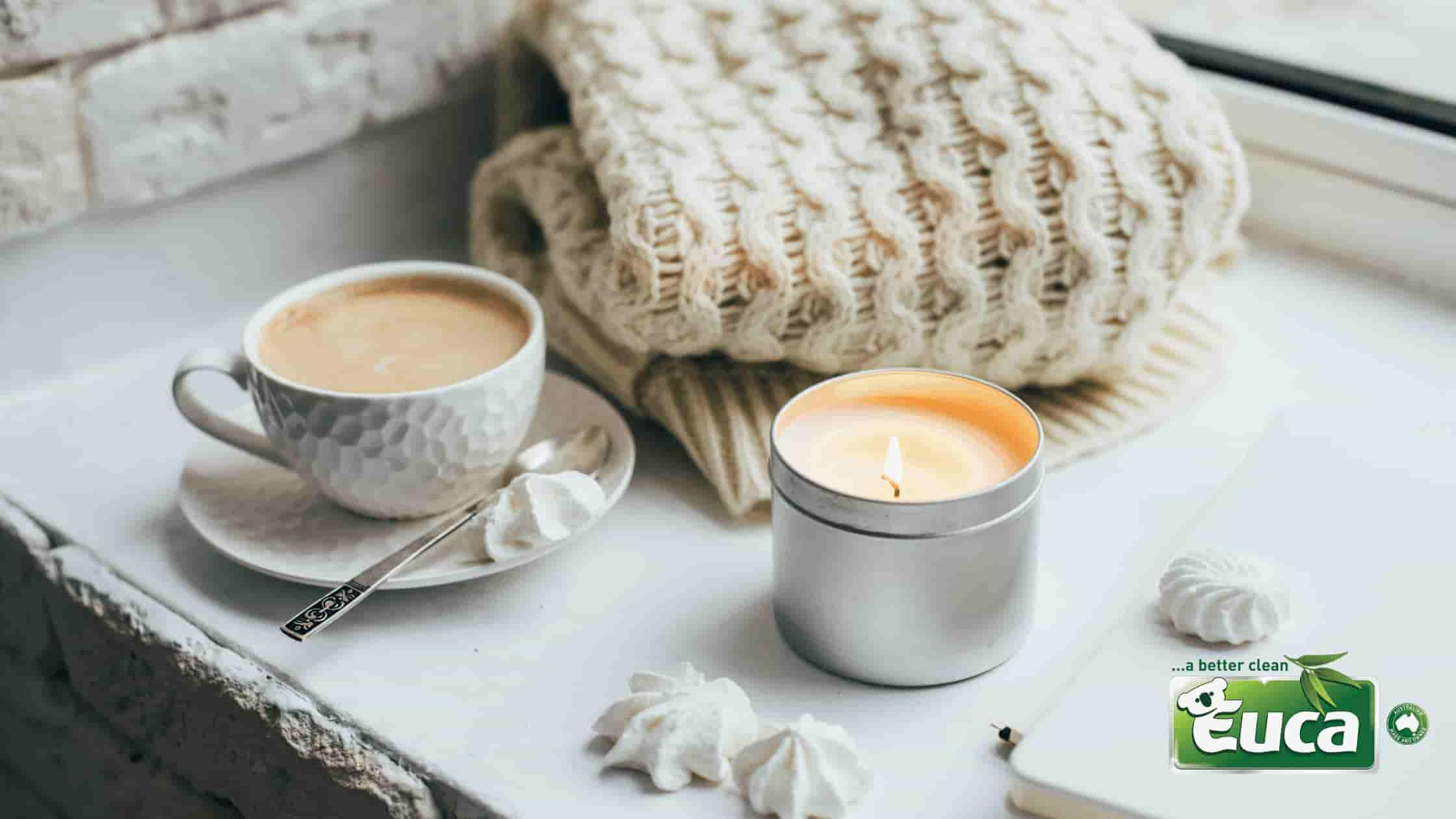
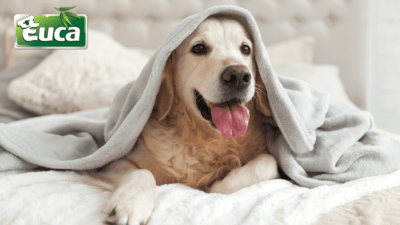














Write a comment